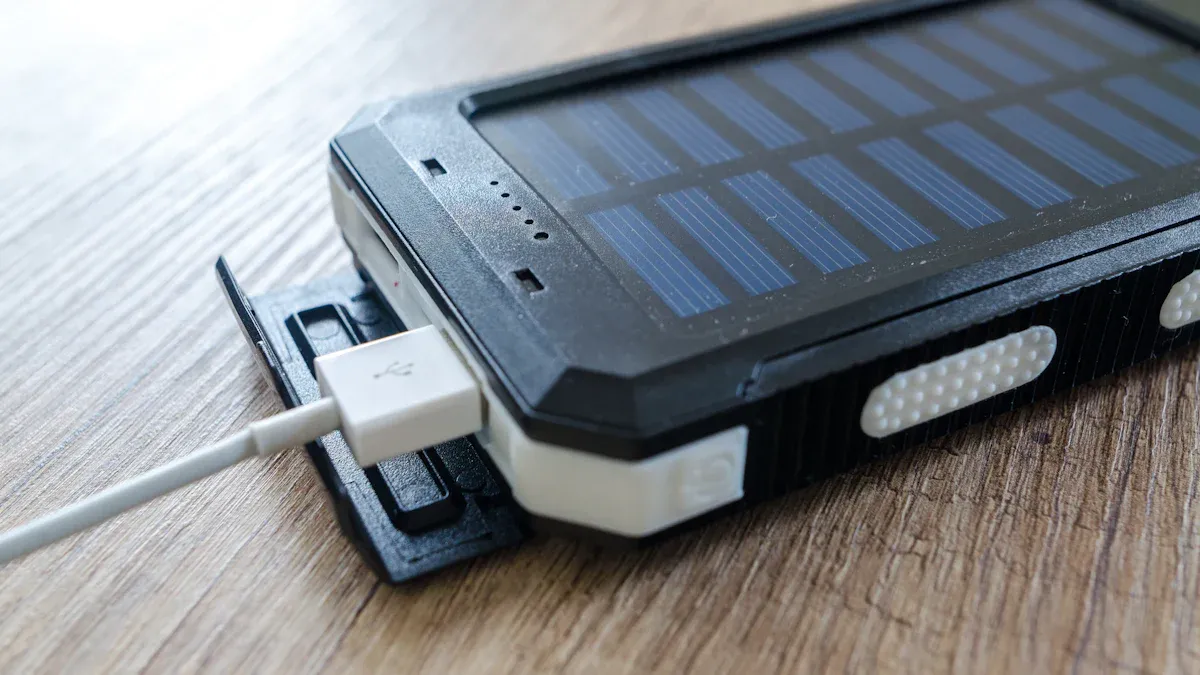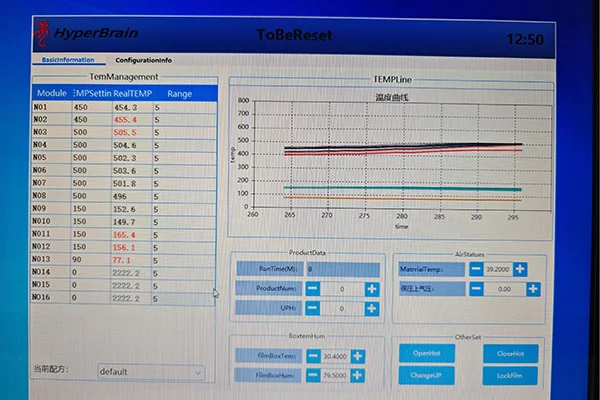Unveiling the Distinctions: PVC vs. uPVC Ceiling
When it comes to ceiling materials, PVC (Polyvinyl Chloride) and uPVC (Unplasticized Polyvinyl Chloride) are two popular options that offer durability, versatility, and aesthetic appeal. However, understanding the differences between these materials is crucial for making an informed decision. In this article, we will delve into the nuances of PVC and uPVC ceilings, exploring their composition, properties, applications, and environmental impact.
- Composition and Manufacturing Process:
PVC Ceiling: PVC is a synthetic plastic polymer derived from vinyl chloride monomers. It undergoes a process called polymerization, where the monomers are chemically bonded together to form long chains. Additives such as plasticizers, stabilizers, and pigments are incorporated to enhance flexibility, stability, and color options.
uPVC Ceiling: uPVC, also known as rigid PVC, is produced by adding certain additives during the polymerization process to prevent plasticizers from being incorporated. This absence of plasticizers makes uPVC more rigid and durable compared to PVC.
- Properties and Performance:
PVC Ceiling: PVC ceilings are known for their flexibility, making them easier to install and handle. They offer a wide range of design options, including various colors, patterns, and textures. PVC ceilings are resistant to moisture, making them suitable for areas prone to humidity, such as bathrooms and kitchens. However, they may be less resistant to impact and can deform under high temperatures.
uPVC Ceiling: uPVC ceilings possess enhanced rigidity and strength, making them more resistant to impact and deformation. They are highly durable and can withstand extreme temperatures, making them suitable for both indoor and outdoor applications. uPVC ceilings are also fire-resistant and have excellent insulation properties, providing energy efficiency and noise reduction benefits.
- Applications:
PVC Ceiling: PVC ceilings are commonly used in residential and commercial buildings. Their versatility allows for various installation methods, including direct mounting, suspended ceilings, and tongue-and-groove systems. PVC ceilings are popular in areas where moisture resistance and easy maintenance are essential, such as bathrooms, kitchens, and hospitals.
uPVC Ceiling: uPVC ceilings find applications in both residential and industrial settings. Their superior strength and durability make them ideal for high-traffic areas, such as schools, offices, and shopping malls. uPVC ceilings are also used in outdoor spaces like verandas and balconies due to their weather resistance.
- Environmental Impact:
PVC Ceiling: PVC ceilings have faced criticism due to their environmental impact. The production and disposal of PVC can release toxic chemicals, including dioxins, which are harmful to human health and the environment. However, efforts are being made to improve the sustainability of PVC production and recycling processes.
uPVC Ceiling: uPVC ceilings are considered more environmentally friendly compared to PVC. The absence of plasticizers reduces the release of harmful chemicals during production and disposal. Additionally, uPVC can be recycled, reducing the environmental footprint associated with its lifecycle.
Conclusion:
In summary, PVC and uPVC ceilings offer distinct advantages depending on the application requirements. PVC ceilings provide flexibility, moisture resistance, and a wide range of design options, while uPVC ceilings offer enhanced strength, durability, and environmental benefits. Understanding these differences will empower you to make an informed decision when selecting the most suitable ceiling material for your specific needs.




